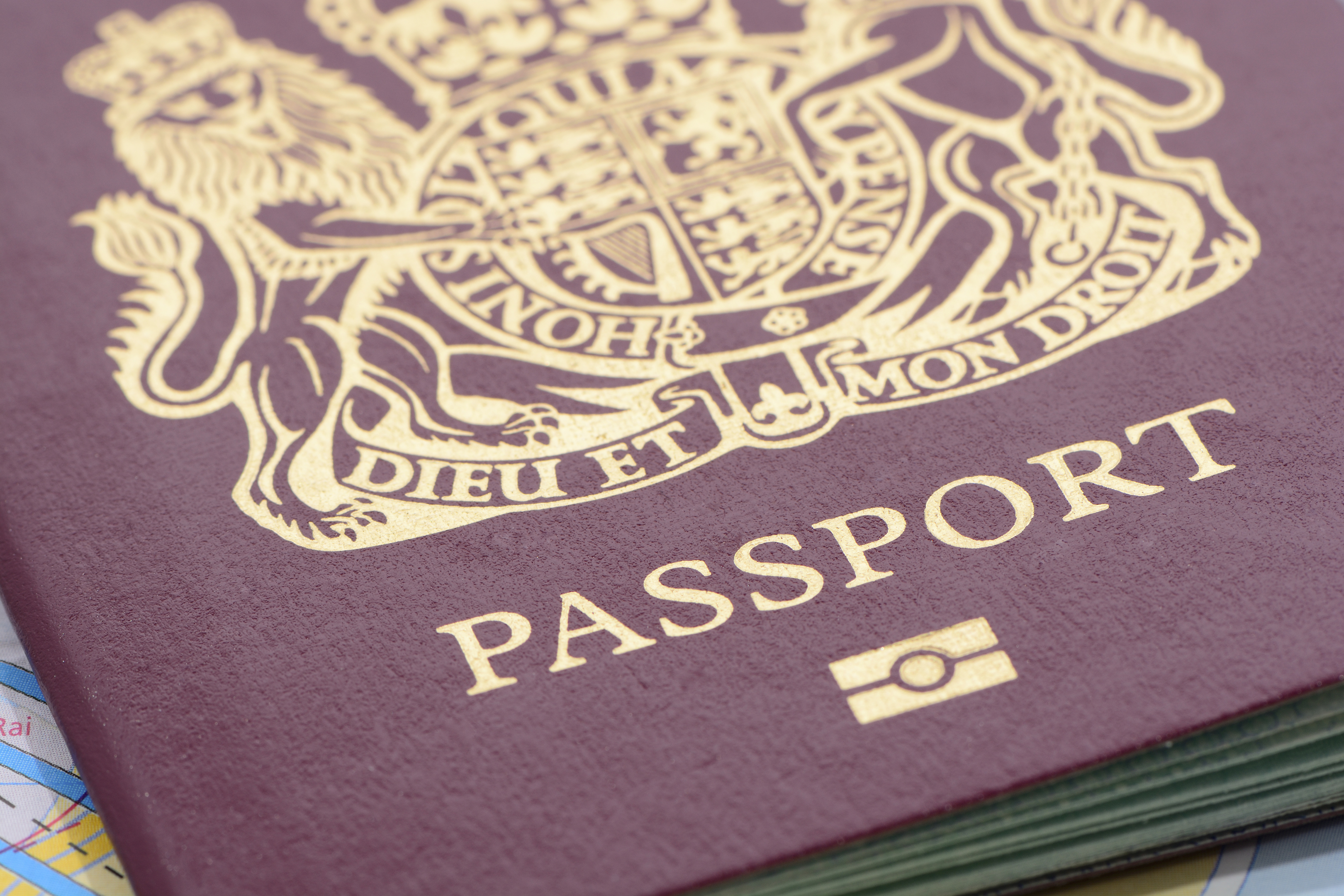
UK holidaymakers flying home from Europe this weekend are being urged to arrive at airports at least three hours before their flight because of chaos caused by new passport controls.
Queues of up to four hours have been reported since the introduction of more stringent checks on travellers entering and leaving the Schengen area, which allows passport-free movement across much of the EU.
Airports in Spain, Portugal, France, Italy and Belgium have been affected.
The situation could worsen this weekend as lobby group Airlines For Europe (A4E) warned it will be one of the busiest of the year with 10 million people expected to pass through European airports on Saturday and Sunday combined.
Some airports, such as Majorca, are predicted to experience double their usual demand.
British Airways, easyJet and Ryanair have all alerted passengers to the need to turn up at airports earlier than normal.
Ryanair issued an alert which stated: “Customers are advised to expect possible delays at immigration control points across our European network.
“Ryanair advises customers to arrive at least three hours before the scheduled departure time of their flight, to ensure they have sufficient time to arrive at the boarding gate at our recommended 30 minutes prior to their scheduled fight departure time.”
EasyJet told passengers it strongly recommended they allow extra time at airports “to be able to get to the gate on time”.
The security measures were brought in following terror attacks in Paris and Brussels.
They have led to long lines at border controls as the details of passengers from non-Schengen countries – such as the UK – are run through databases to alert authorities if they are known to pose a threat.
Ryanair boss Michael O’Leary said earlier this week that more than a fifth of the airline’s flights were being delayed because of the issue and he is “jumping up and down” in frustration.
Just 78% of the Dublin-based carrier’s flights were on time on Tuesday, down from 90% during the month of August as a whole last year.
He told a central London press conference he could not understand why passengers on outbound flights were being checked, saying: “If people are leaving your country, what the hell is the problem?”
Aviation minister Lord Callanan has said he will urge his counterparts in Portugal, Spain and Italy to “do all they can to reduce queues and allow travellers to get on with their holidays”.
Airlines UK, an industry body representing UK-registered carriers, said it had warned the Department for Transport about the problem in May, although they were told by ministers the issue had eased.
EU commissioner for security Julian King said checking travellers against the EU-wide counter-terrorism and law enforcement databases – which have more than 8,000 terrorists listed – helps to “keep us all safer and more secure”.
He added that the system was proposed in 2015 and agreed last year, so authorities have had “lots of time to prepare and put in place the necessary arrangements”.

Enjoy the convenience of having The Sunday Post delivered as a digital ePaper straight to your smartphone, tablet or computer.
Subscribe for only £5.49 a month and enjoy all the benefits of the printed paper as a digital replica.
Subscribe